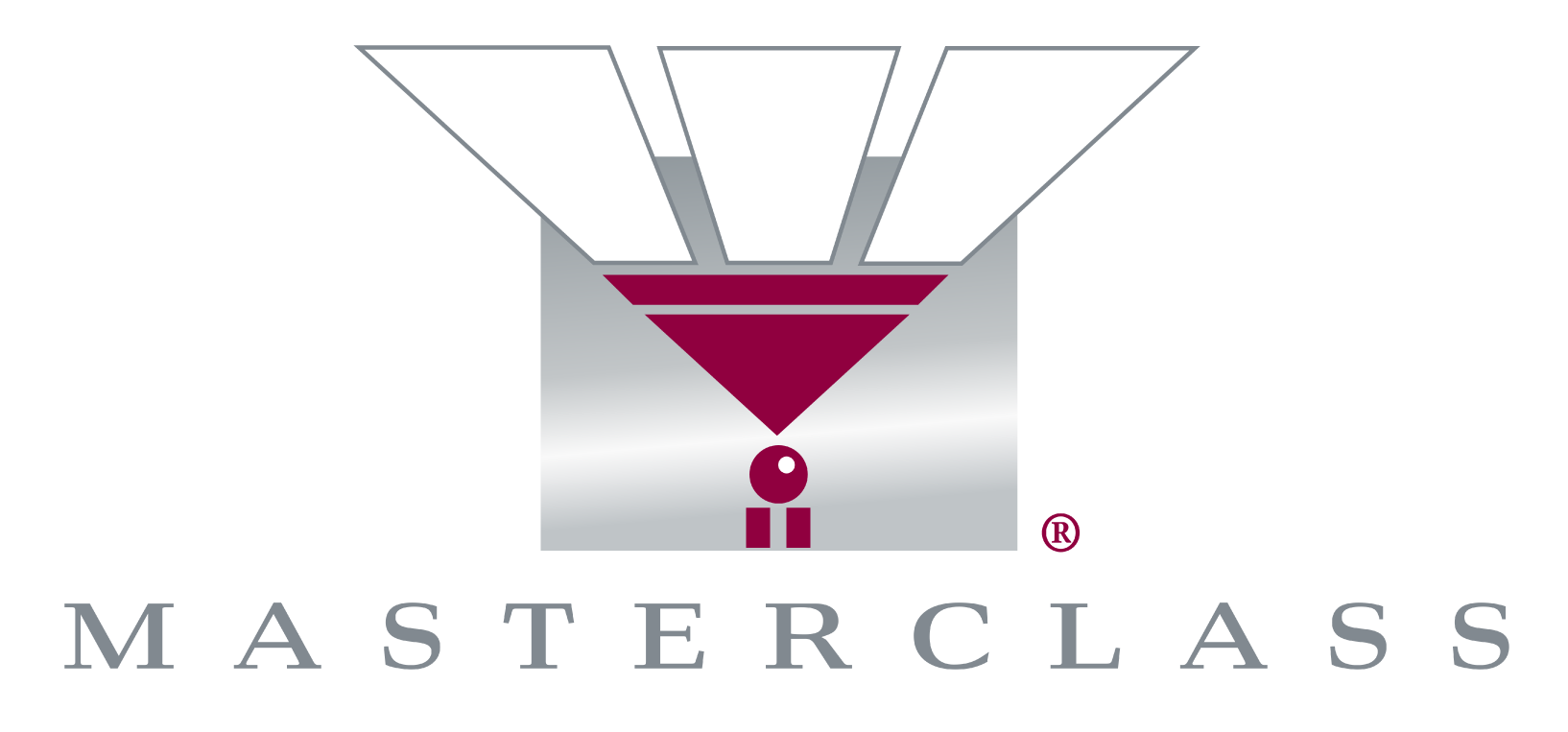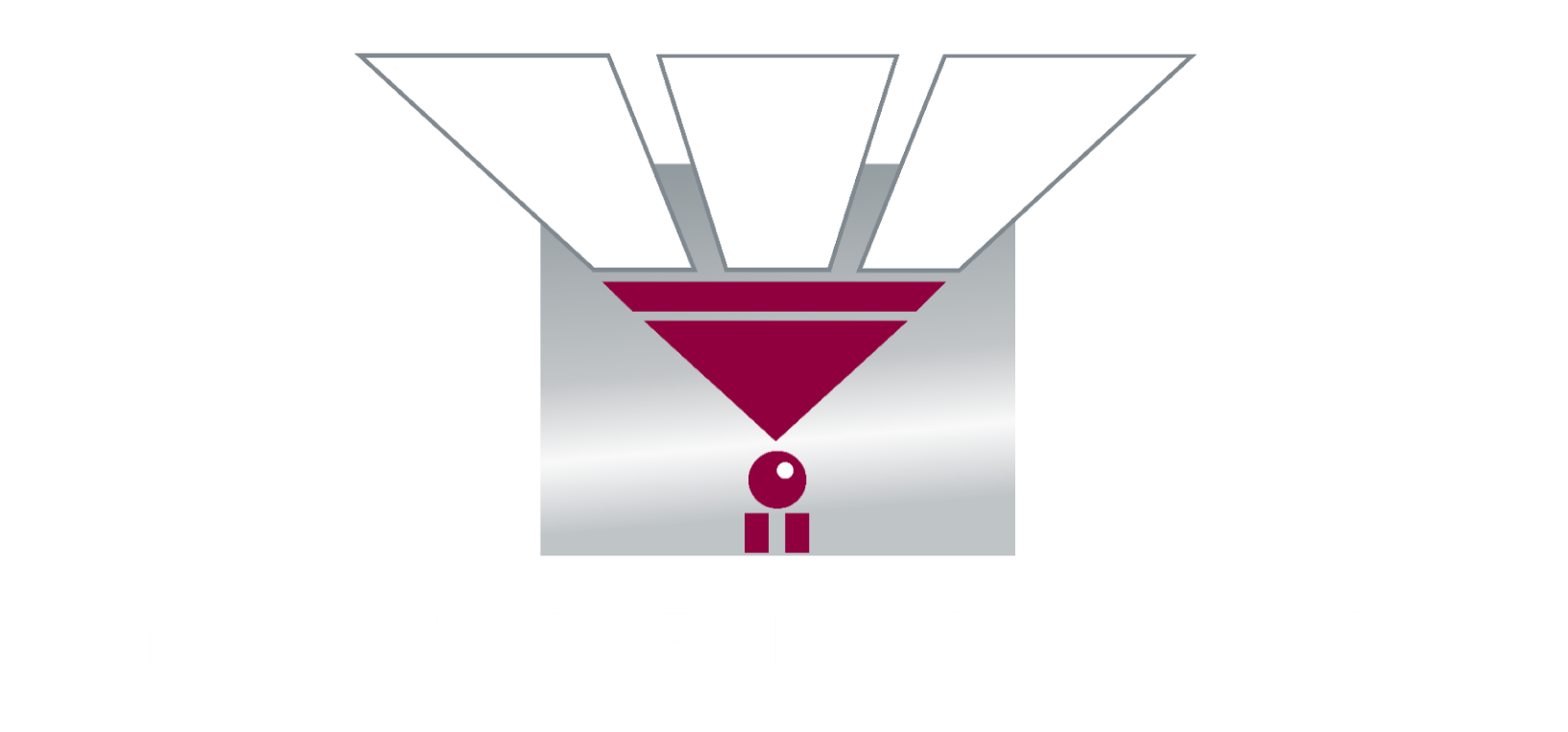
The Secret to Successful Collaboration
It’s not actually a secret however; it is one of those areas in the business world that often gets “pushed into the background”.
In 2011 if you typed in the word “collaboration” into any of the search engines you would have received 82 million results. Fast forward to 2018 and you will get 172 million hits!
In his book Culture of Collaboration Evan Rosen wrote:
“Effective collaboration is about maximizing time, talent and tools to create value” Evan Rosen, Author of Culture of Collaboration
In this day and age of technology, methodologies, processes, procedures, frameworks and ISO standards you would assume that organisation have collaboration figured out. All of these support collaboratives working and yet when speaking to many organisations over my career, I have discovered that just because an organisation has an ISO standard, as an example, does not mean that it is effective. This has led me to ask why?
The tools are there but do companies really take the time to educate their talent on “why” collaboration is a means to “win-win” for all parties (sorry for the cliché).
ESSENCE and FORM are two parts of collaboration. Essence refers to values while form refers to how you want to achieve something, explains Ken Blanchard who stresses that essence needs to come first.
So, let’s talk about “Essence” in collaboration, which is the area of collaboration that I have always been intrigued by; perhaps having come from Sunny Silicon Valley over 20 years ago, which incidentally was a culture shock coming from the land of “self-awareness” (although one could argue perceived) in business to the more reserved approach in the UK. As time has gone by, I have noticed a real shift in the perception of collaboration, emotional intelligence and emphasis on the soft skills required for Collaboration.
With ISO 44001, which launched in March 2017 and is the expanded version of BS 11000, more and more organisations will need to look at the “gaps” in their team’s ability to collaborate. Simply telling people to work together won’t lead to productive collaboration.
From my research, I have determined that the key to establishing a robust collaborative environment lies in focusing attention primarily on the human factors. Collaboration is fundamentally about behaviours and interactions among individuals working toward a common objective which is enabled by IT tools and appropriate organizational policies and underlying cultural norms.
The correct link for collaboration is the human interface with other minds, not the human interface with IT.
Underpinning this is the need for a strong leadership team within the organisation; Kouzes and Posner popularized the concept of a transformational leadership style. Of the actions that effective leaders used, they found five actions that stood out:
- Challenge the process
- Inspire a shared vision
- Enable others to act
- Model the way
- Encourage the Heart
The top two characteristics of a superior lead were honesty and competence.
Why does it go wrong?
- Lack of sharing by Leaders – Knowledge is power – sadly some leaders like to hold onto that knowledge to advance their own position. If a leader or manager doesn’t share knowledge or expertise, this habit too easily trickles down to the wider team.
- The absence of trust – If the members of your team do not trust each other then they will fail to be completely honest with one another. Trust lies at the foundation of all successful teams.
- Ineffectual communication – without effective communication collaboration is impossible.
- Fear of being wrong – it is human nature to hate being wrong however with some people fear of being wrong is strong enough to prevent them from even entering into group discussions or projects, even when they have great ideas and expertise.
- Feeling they are ignored – there is nothing more soul crushing than to be told
“That’s not how we do it here!” when putting forward new ideas or ways of working. In this environment, employees are reluctant to put forward ideas.
- Unconscious competent – we all have the office “guru”, the employee who has so much experience and skill that they do their jobs with ease. Everyone can learn from these experts however; the unconsciously competent often don’t actively share their knowledge, not due to their cunning and duplicity or their desire to protect their positions, they simply don’t recognize the value of their expertise!
What is successful collaboration?
- Mutual respect, understanding trust
- Appropriate cross-section members
- Open and frequent communication
- Sufficient Funds
Just ask yourself the question, do you and your people really “get” what is required in taking a collaborative approach and are the required behaviours and competencies and relationship styles in place that are needed in the world of collaboration?
“Coming together is a beginning, staying together is progress, and working together is success.” – Henry Ford
Author
Cindy Knight, a senior account manager at Masterclass Training that specialises in Collaboration Working with a speciality focus within the ISO 44001.



